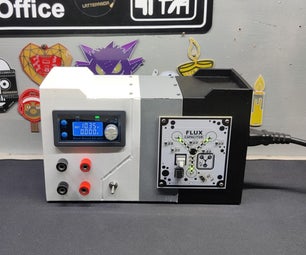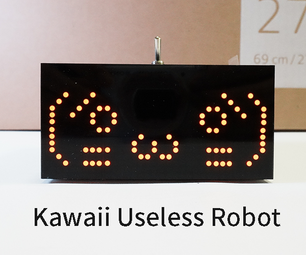Introduction: Measure Voltage of Phone Charger Using a Simple Basic Digital Multimeter
Introduction
Recently I bought a cheap Phone charger running on 4 AAA. One AAA battery is rated at 1.5V. So 4 batteries makes the total voltage: 6 V (1.5 X 4). The smart phone must only be charged using 5V power supply. I thought there should be some electric circuit in the cheap charger that is bringing down 6 Volts to 5 Volts. I needed to test the cheap charger because I did not want to risk frying my phone. Then I had an idea to use my Digital Multimeter (DMM). However, my simple DMM is not equipped with USB test probe.
Scope
This instructable will show:
- How to turn a USB cable into a USB test probe
- How to adapt the DMM's test probe into a the USB test probe
- How to test the modified DMM
This instructable does not apply to Phone chargers that do NOT have USB receptacle.
Target Users
Just about anyone with a smart phone.
Step 1: Gather Tools and Materials
Gather the following tools:
- Wire stripper
- Screw driver
Gather the following parts:
- 1 X USB cable with a male 'A' plug (See picture)
- 1 X Digital Multimeter (DMM)
- 2 X Wire Connector (See picture)
Step 2: Convert a USB Cable Into a USB Test Probe
Do NOT cut off the male 'A' plug
Cut the cable close to the other plug and discard it
Strip the cable insulator to expose 4 wires
Strip the insulator of black wire to expose metal conductor
Strip the insulator of red wire to expose metal conductor
Insert the metal conductor of black wire into wire connector
Tightened the connection by screwing.
Insert the metal conductor of red wire into a separate wire connector
Tightened the connection by screwing.
The picture shows how mine looks.
Step 3: Attach the USB Test Probe to the DMM Test Pin
Insert the black test pin of DMM into wire connector of black USB wire
Tightened the connector's screw.
Insert the red test pin of DMM into wire connector of red USB wire
Tightened the connector's screw.
Attached is a picture showing how it looks like
Step 4: Test DMM
Use a USB Charger with a output voltage that you know for certain. In my case, I use an official iPhone AC charger.
Set the DMM to measure voltage
Plug the USB test probe of the DMM into the USB socket of power supply.
Switch on AC charger.
Read the meter
In my case, the meter reads 5.07 Volts which is within the specified rating of the iPhone charger.
You now have a DMM that can measure voltage of Smart Phone Chargers.
P.S.
The cheap portable charger that I mentioned in the beginning measured at 6.2 Volts. It is definitely not a 5 Volts charger typical of smart phone.











